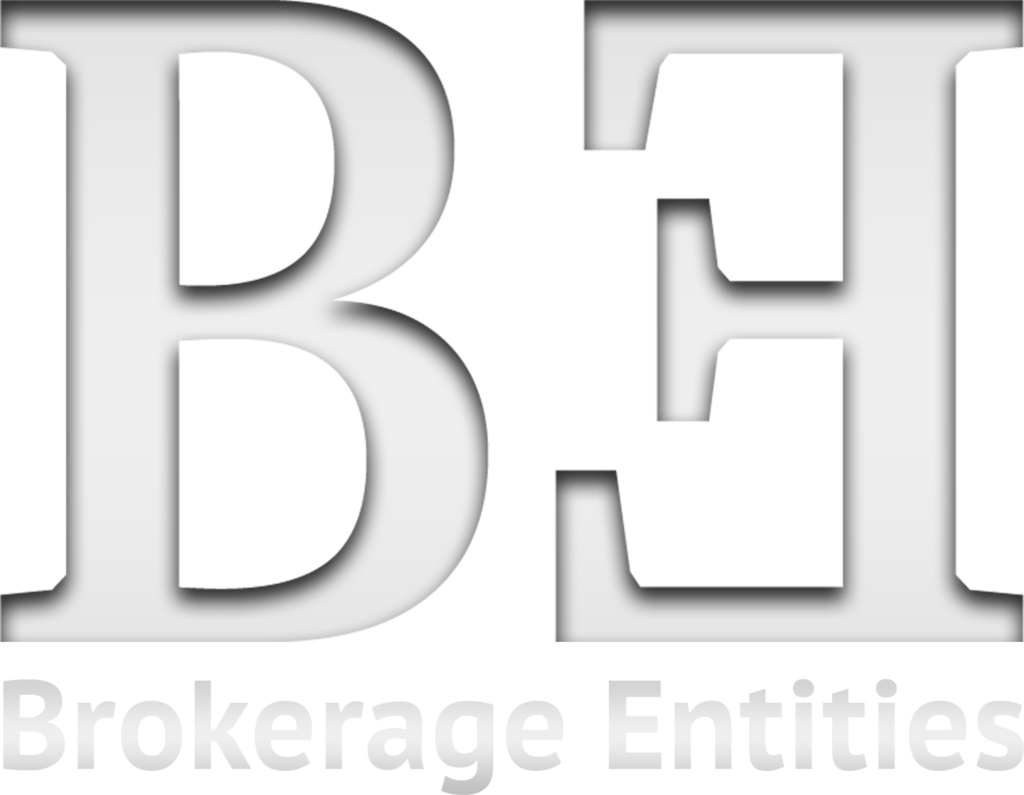Announcing its focus areas for 31 December 2018 financial reports of listed entities and other entities of public interest with many stakeholders, ASIC has called on companies to focus on new requirements that can materially affect reported assets, liabilities and profits.
New accounting standards
Major new accounting standards will have the greatest impact on financial reporting for many companies since the adoption of International Financial Reporting Standards (IFRS) in 2005.
Both full-year and half-year reports at 31 December 2018 must comply with new accounting standards on revenue recognition and financial instrument values (including hedge accounting and loan loss provisioning).
The reports must also disclose the future impact of new lease accounting requirements. There are also new standards covering: accounting by insurers; and the definition and recognition criteria for assets, liabilities, income and expenses.
ASIC Commissioner John Price said, ‘We are concerned that some companies may not have adequately prepared for the impact of new accounting standards that can significantly affect results reported to the market by companies, require changes to systems and processes, and affect businesses. We will monitor these areas closely and will take action where required.’
It is important that directors and management ensure that companies are prepared for these new standards and inform investors and other financial report users of the impact on reported results.
ASIC will be reviewing more than 85 full year financial reports at 31 December 2018 and selected half-year reports.
Other considerations
Directors are primarily responsible for the quality of the financial report. This includes ensuring that management produces quality financial information on a timely basis. Companies must have appropriate processes, records and analysis to support information in the financial report.
Companies should apply appropriate experience and expertise, particularly in more difficult and complex areas such as accounting estimates (including impairment of non-financial assets), accounting policies (such as revenue recognition) and taxation.

